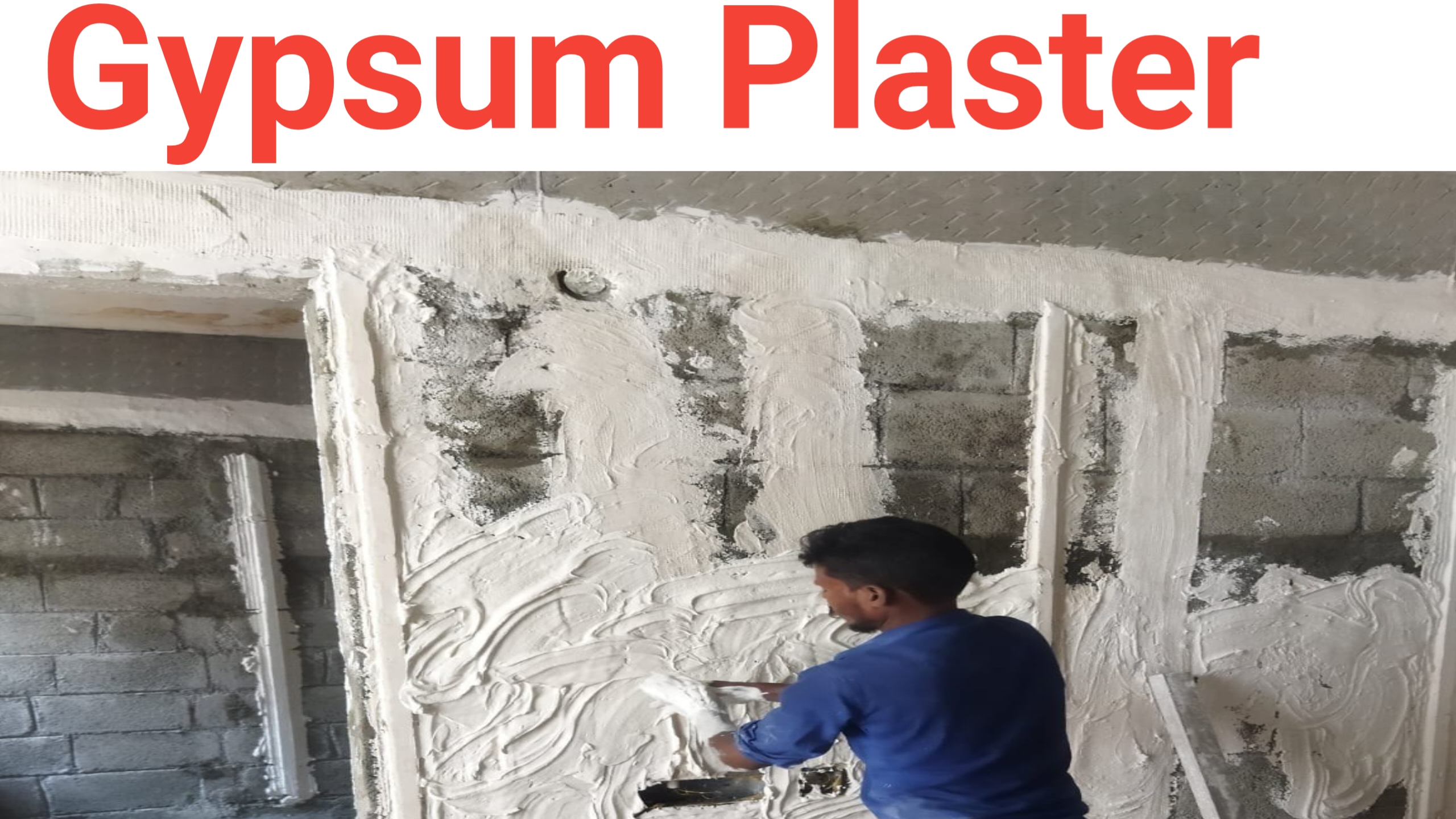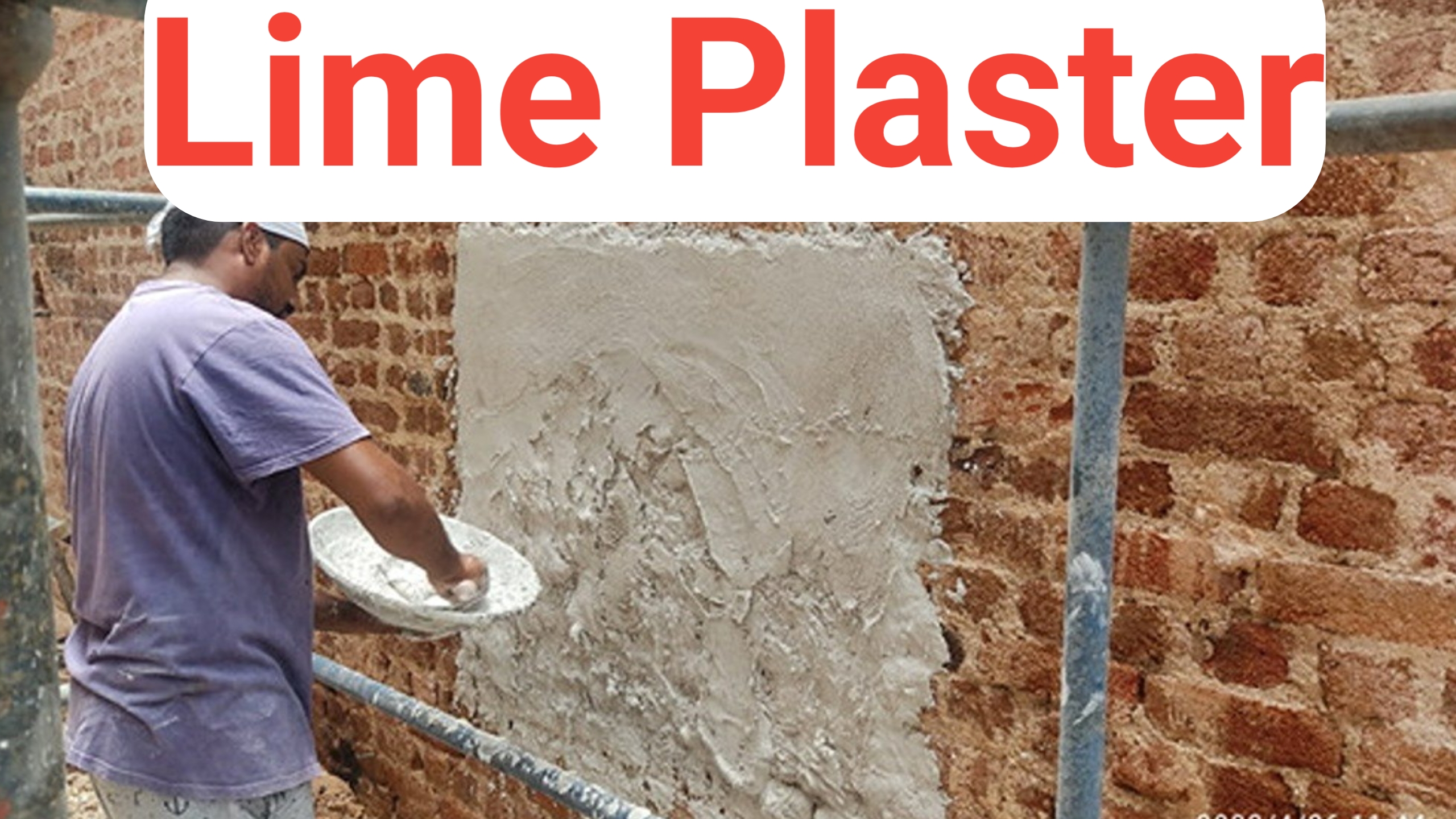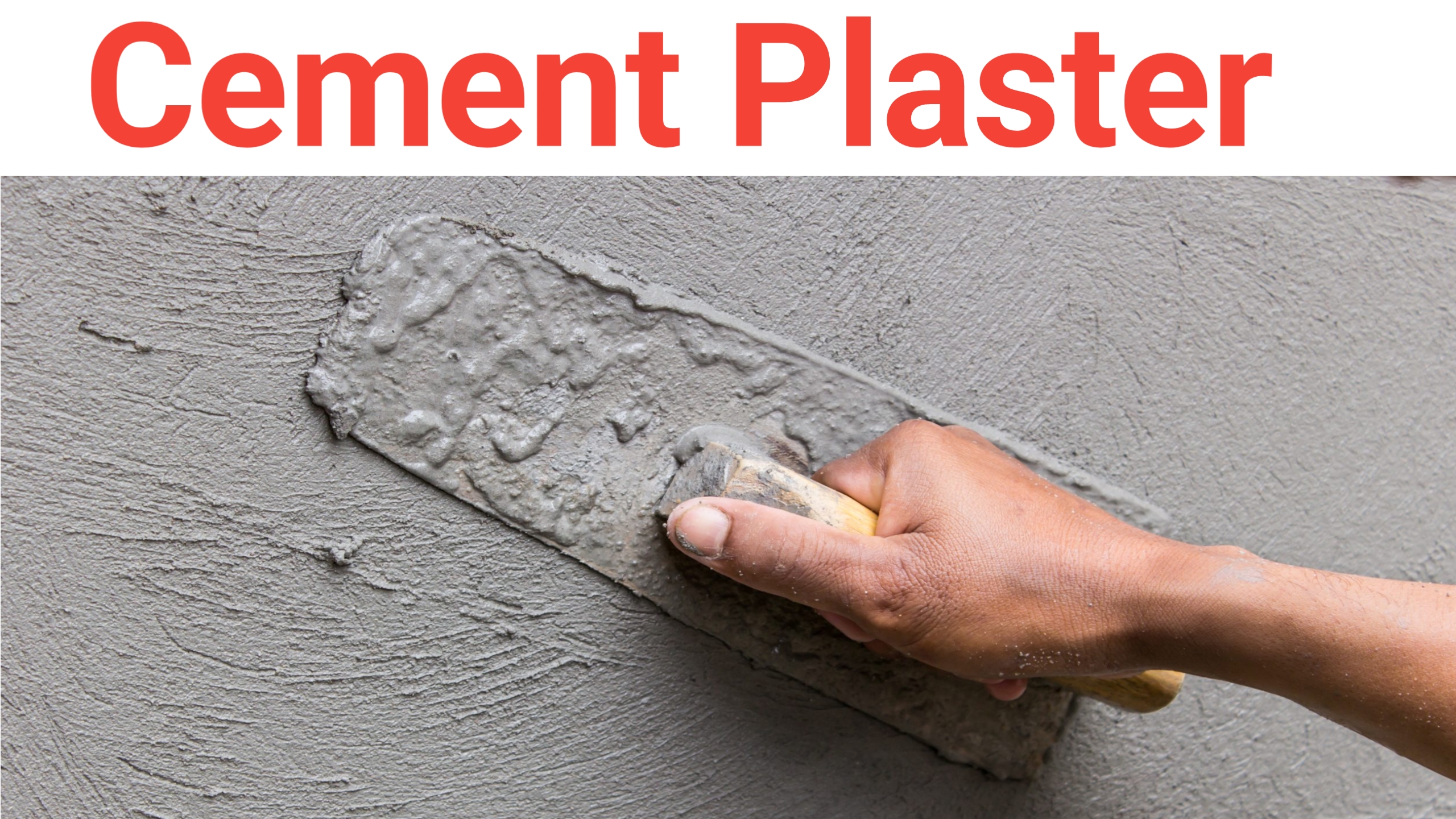What is Plaster?
In this article, we are going to discuss What is Plaster? With an example. Plaster is a building material used for coating, protecting, and decorating internal walls and ceilings. It is also used for creating architectural moldings and sculptures. Plaster can be made from various materials, including gypsum, lime, or cement.
Types of Plaster
1. Gypsum Plaster
- Made from gypsum (a soft sulfate mineral).
- Commonly used for interior walls and ceilings.
- Sets quickly and provides a smooth finish.

2. Lime Plaster
- Made from lime and sand.
- Known for its durability and breathability.
- Often used in historic buildings and for restoration work.

3. Cement Plaster
- Made from cement, sand, and water.
- Strong and durable, suitable for exterior walls and wet areas.
- Can be used as a base coat for other types of finishes.

Benefits of Plaster
Smooth Surface: Provides a smooth and level finish suitable for painting or wallpapering.
Durability: Protects walls and ceilings from damage and wear.
Fire Resistance: Some types of plaster, especially gypsum plaster, offer fire-resistant properties.
Acoustic Properties: Helps in soundproofing rooms.
Moisture Resistance: Cement plaster is particularly good for areas prone to moisture, like bathrooms and kitchens.
Uses of Plaster
Wall and Ceiling Finishes: Used to create a smooth, even surface.
Decorative Elements: Used for molding and creating architectural details like cornices, ceiling roses, and columns.
Sculpture and Art: Artists use plaster for making molds and creating sculptures.
Plastering Process
1. Surface Preparation: Cleaning and wetting the surface to ensure good adhesion.
2. Base Coat Application: Applying a thicker initial layer of plaster.
3. Finish Coat Application: Applying a thinner, smoother layer to create the final surface.
4. Curing: Keeping the plaster moist to prevent cracks and ensure proper setting.
Exterior Plaster vs. Interior Plaster
Plastering is used both inside and outside of buildings, but the materials and techniques can vary depending on the environment and specific requirements of the surfaces. Here’s a breakdown of the key differences and characteristics:
Exterior Plaster
Characteristics
1. Durability: Must withstand weather conditions such as rain, wind, heat, and frost.
2. Water Resistance: Needs to be more water-resistant to protect the building structure from moisture damage.
3. Strength: Generally stronger to endure physical impacts and environmental wear.
Materials Used
1. Cement Plaster: The most common choice for exterior plaster due to its strength and water resistance. Made from a mixture of cement, sand, and water.
2. Lime Plaster: Sometimes used for its breathability, allowing moisture to escape from the building, which can prevent dampness and mold growth.
3. Acrylic or Polymer-Based Plasters: These modern plasters offer flexibility and resistance to cracking, making them suitable for exterior applications.
Plastering Process
1. Surface Preparation: The exterior walls must be thoroughly cleaned and wetted before applying plaster.
2. Base Coat: A thicker base coat (12-20 mm) is applied first. Often, a bonding agent is added to enhance adhesion.
3. Finish Coat: A thinner finish coat (6-12 mm) is applied over the base coat. This coat may be textured or smooth, depending on aesthetic requirements.
4. Curing: Keeping the plaster moist for at least 7 days to ensure it sets properly and gains maximum strength.
Interior Plaster
Characteristics
1. Smooth Finish: Interior plastering focuses on creating a smooth and aesthetically pleasing surface.
2. Fire Resistance: Gypsum plaster, commonly used indoors, offers good fire-resistant properties.
3. Acoustic Properties: Helps in soundproofing rooms to some extent.
Materials Used
1. Gypsum Plaster: Preferred for interior walls and ceilings due to its smooth finish and quick setting time.
2. Lime Plaster: Occasionally used for interior walls, especially in older buildings or for restoration work.
3. Cement Plaster: Used in areas that require more durability, such as basements or kitchens.
Application Process
1. Surface Preparation: Clean the surface thoroughly and dampen it to ensure good adhesion.
2. Base Coat: A base coat (10-15 mm) is applied first, similar to exterior plaster but usually thinner.
3. Finish Coat: A very thin finish coat (2-5 mm) is applied for a smooth surface ready for painting or wallpapering.
4. Curing: The curing process is shorter for interior plaster, especially with gypsum plaster, which typically needs less moisture and time to set.
Conclusion
The choice between exterior and interior plaster depends on the specific requirements of each application. Exterior plaster needs to be durable, water-resistant, and able to withstand environmental stresses, while interior plaster focuses on smoothness, fire resistance, and aesthetic appeal. Understanding these differences ensures the appropriate materials and techniques are used for each type of plastering work.
Also read- What is Plaster?


1 thought on “What is Plaster? , Gypsum Plaster, Lime Plaster, Cement Plaster”